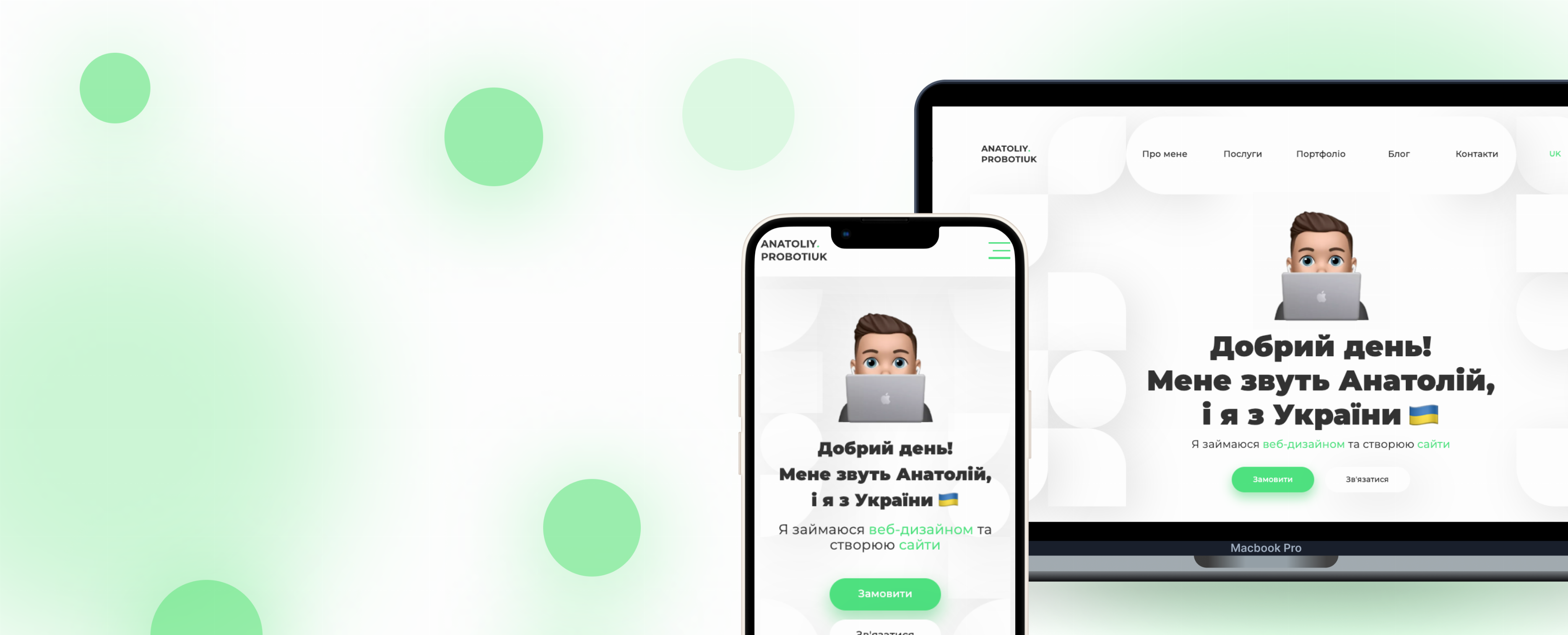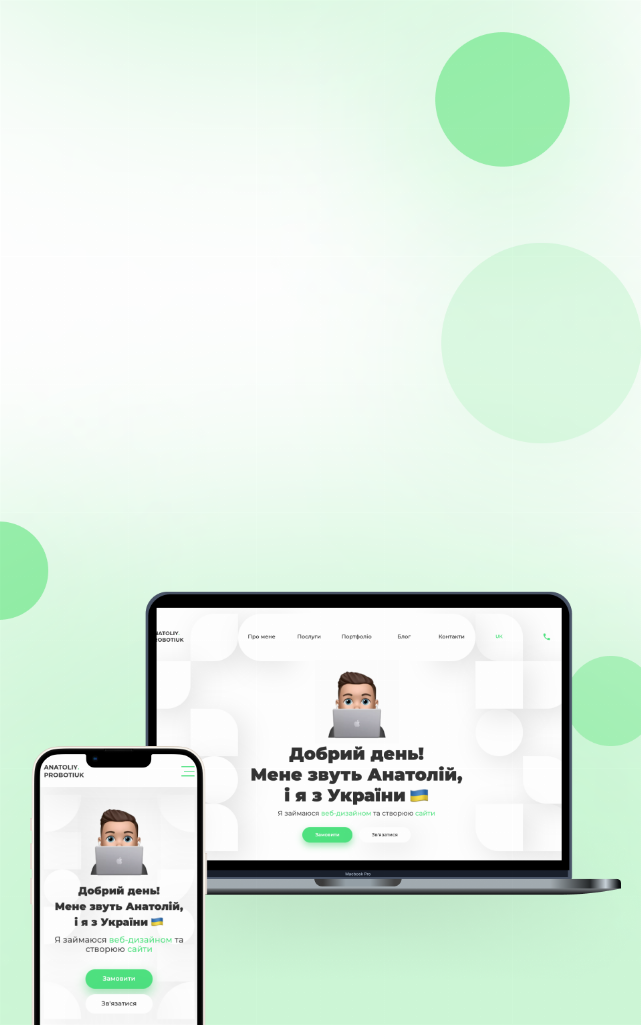Recently, the development of web applications and websites has become more and more simple. Even the most tech-challenged of us have learned how to use products like WordPress and Wix.
For more experienced developers, there are tons of tools to help simplify the development process. One of the most useful of these tools is Laravel.
What is Laravel?
Laravel is a cross-platform A PHP framework for building web applications that has many benefits to use, as it allows the developer to take advantage of a large library of pre-programmed functions (such as authentication, routing, and HTML templating). Access to this library makes it easy to quickly build robust web applications while minimizing the amount of code required.
Laravel offers a highly functional development environment as well as intuitive and expressive command-line interfaces. In addition, Laravel uses Object-Relational Mapping (ORM) to simplify data access and manipulation.
Laravel applications are highly scalable and have easy-to-maintain codebases. Developers can also seamlessly add functionality to their applications thanks to Laravel's modular packaging system and robust dependency management.
Is Laravel Frontend or Backend?
Laravel is it is primarily a back-end development framework, although it does offer some front-end functionality. However, many of Laravel's features are front-end independent.
Why Laravel?
After answering the question, "What is Laravel?" - the following question arises: "Why Laravel?" Laravel provides a large set of robust tools that help make the web application development process easier and faster, and the final application codebases well-structured and easily maintainable.
Some of the specific advantages of Laravel:
- Simplifies the development process.
- Scalable easily.
- Has a huge ecosystem and community.
- Widely used.


















